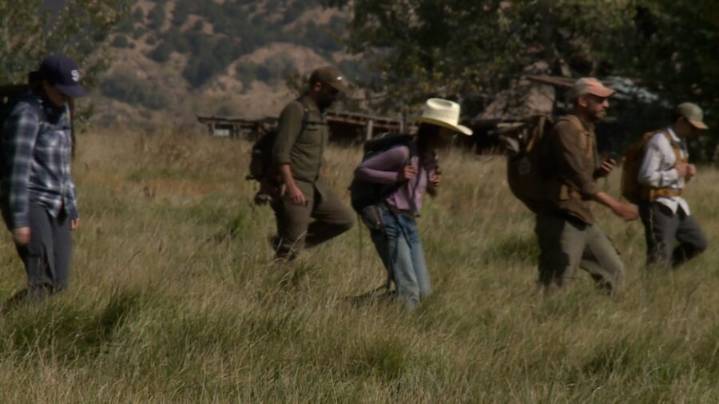SALT LAKE CITY — When you think of Camels, you may think of sandy, deserted locales. Places like Saudi Arabia, Africa, or the desert regions of Asia, like the Gobi Desert or the steppes of Mongolia.
However, evidence was recently found of a long-extinct ancestor to modern camels living in the Utah area, discovered with recent radiocarbon dating, according to a press release from the Utah Department of Natural Resources.
The release states that a tibia, or shin bone, belonging to an ice-age era camel species was discovered in 1987 in the Vernal area, and identified as Camelops hesternus by Park Manager Alden Hamblin before being displayed at the Utah Field House for decades.
A 30,000-plus-year-old tibia belonging to a Camel, found near Vernal in 1987. (John Foster, Utah State Parks)

 KSL 5 TV
KSL 5 TV

 HowStuffWorks Animals
HowStuffWorks Animals The Fayetteville Observer
The Fayetteville Observer Crooks and Liars
Crooks and Liars The Motley Fool
The Motley Fool MLB
MLB WBAL-TV 11 Baltimore Covid-19
WBAL-TV 11 Baltimore Covid-19 19thnews
19thnews CNN
CNN Reason
Reason